
Type 2 interval fuzzy sets in pattern classification
In search for a pattern in an image, a video or a signal, one has to consider several sources of bias, noise and uncertainties. Such

In search for a pattern in an image, a video or a signal, one has to consider several sources of bias, noise and uncertainties. Such
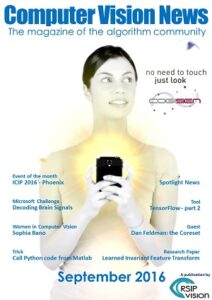
Augmented reality (AR), the superposition of virtual graphical models on screen, has been steadily progressing and finds its application in diverse domain from recreational to
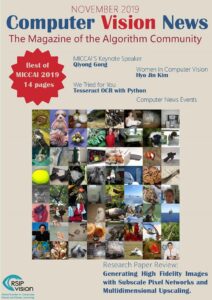
Testing a set of images for similarity has long been a task of image processing computer vision and machine learning. The plethora of tools and
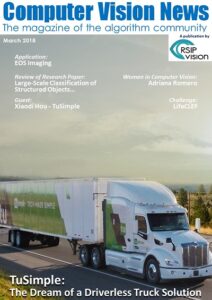
Classification problems in image and signal analysis require, on the algorithmic side, to take into account complex information embedded in the data. Images might contain
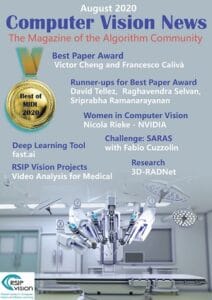
An affected anatomical region can be treated in a selective and non-invasive manner by localized and contact-free methods such as high-intensity focused ultrasound. Treatment by
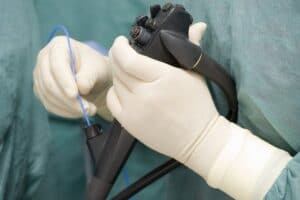
The success of complex fine-scale surgery depends heavily on surgeons’ agility, state of fatigue and their freedom to manipulate miniature instruments in the target organ. Internal organs
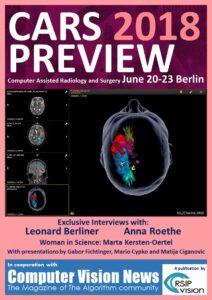
Robotic assisted minimally invasive surgery has changed the face of surgery. The use of robotic aids in surgery can be traced back to the mid-1980s,
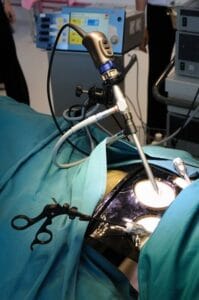
Minimally Invasive Surgery (MIS) has emerged as a paradigm shift in modern surgical practices dating back to the early 1990s. What is Minimally Invasive Surgery?
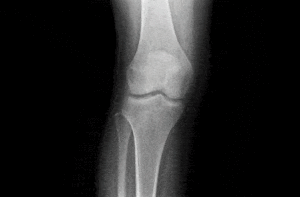
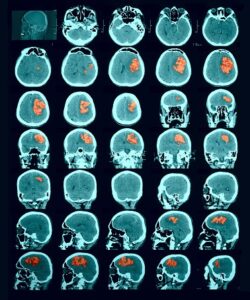
Segmentation of lesions in images, such as those obtained from MRI, ultrasound, CT etc, can be viewed as classifying pixels (or voxels, in the 3-D

Segmentation of lesions in images, such as those obtained from MRI, ultrasound, CT etc, can be viewed as classifying pixels (or voxels, in the 3-D
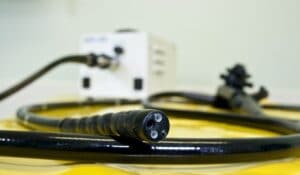
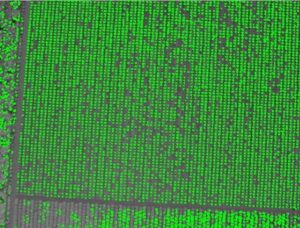
Using aerial images taken by drone, plane or satellite, RSIP Vision can create forestry image processing and analysis software to efficiently determine: Trees detection Automatic
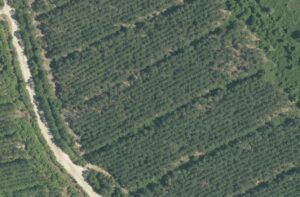
RSIP Vision creates forestry image processing and analysis software by using aerial images taken by drone, plane or satellite. Our algorithms enable to efficiently determine:
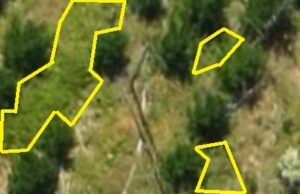
Using aerial images taken by drone, plane or satellite, RSIP Vision develops software for image processing and analysis in forestry to efficiently determine: Forest border
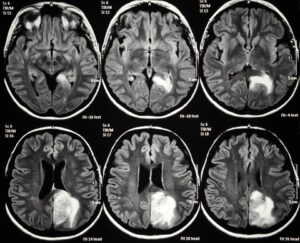
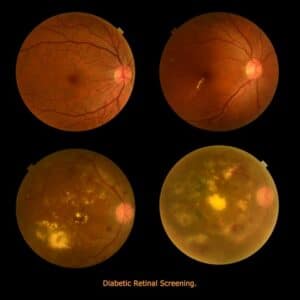
Diabetic Retinopathy (DR) is an eye disease resulting from long-term diabetic condition. About 80% of long-term diabetic patients suffer from some degree of DR, which
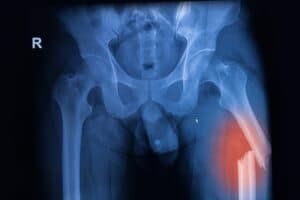
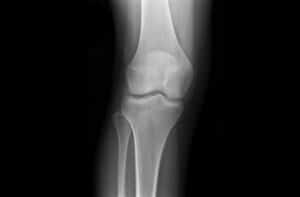
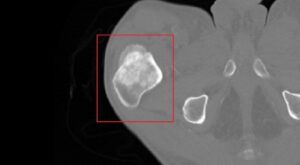
Please fill the following form and our experts will be happy to reply to you soon
Subscribe now and receive the Computer Vision News Magazine every month to your mailbox
© All rights reserved to RSIP Vision 2023